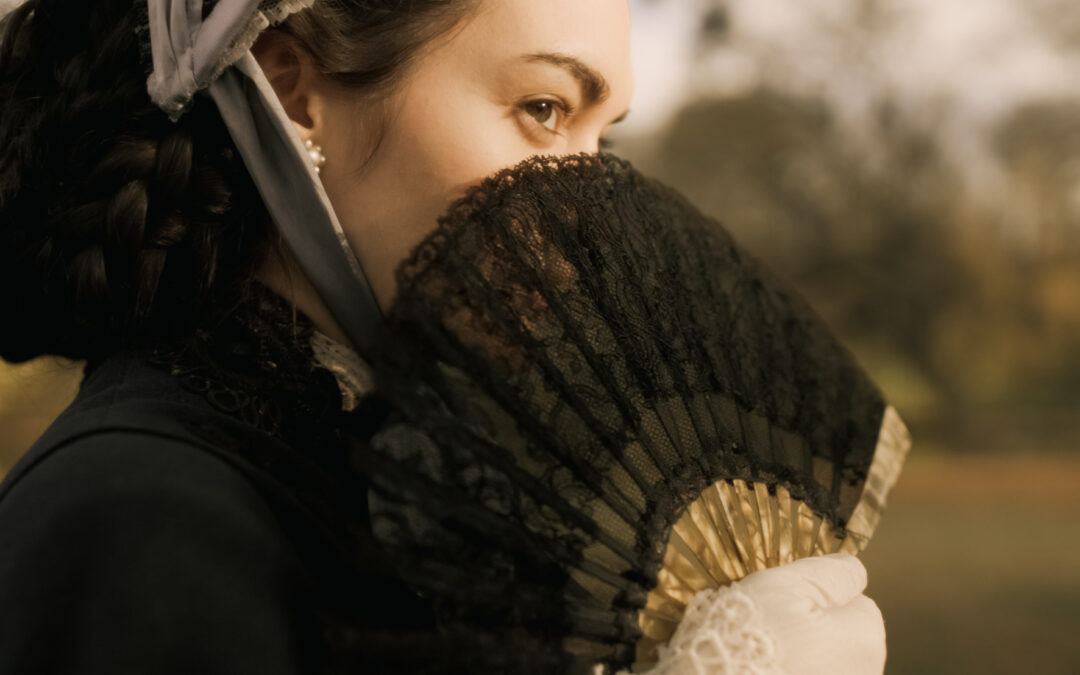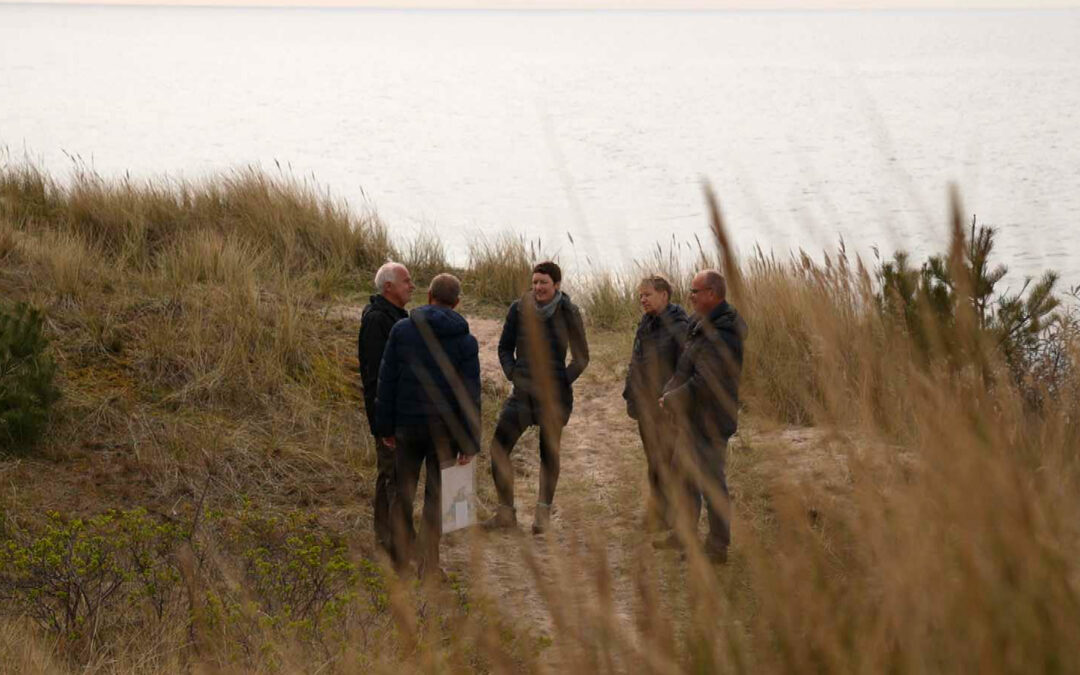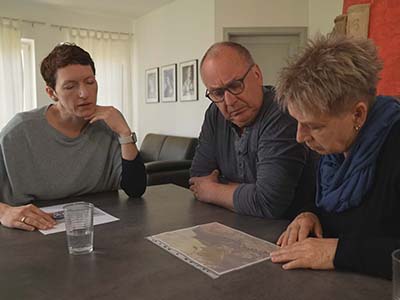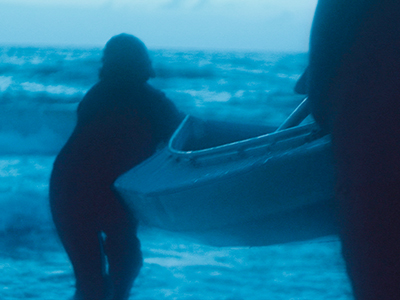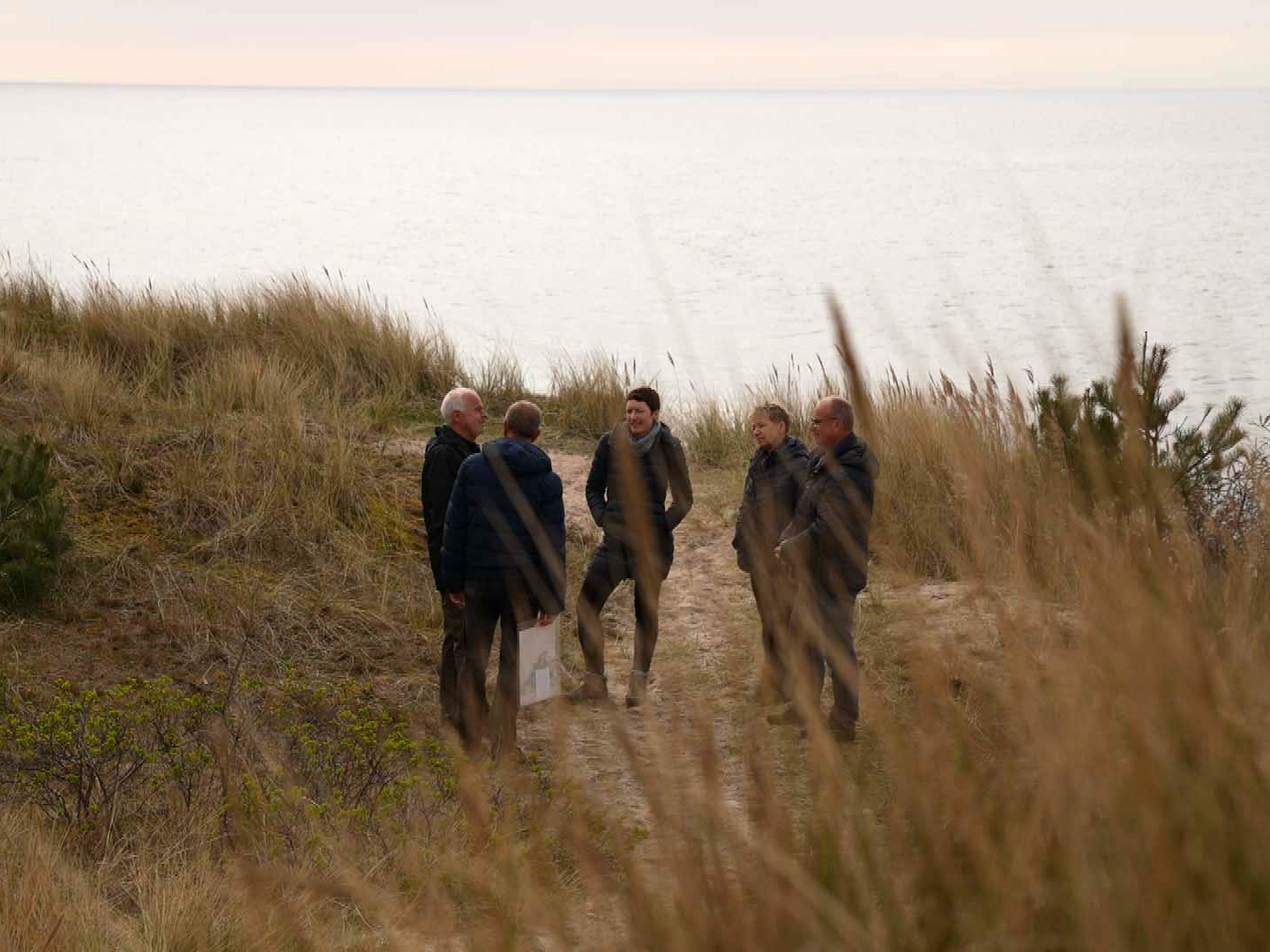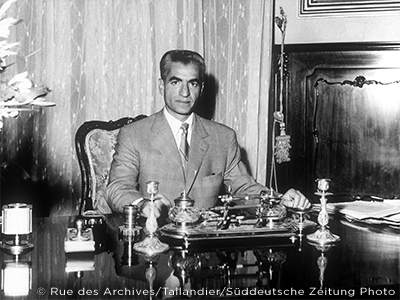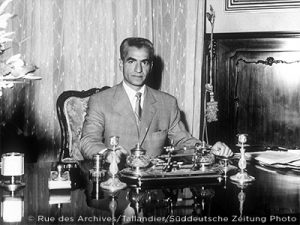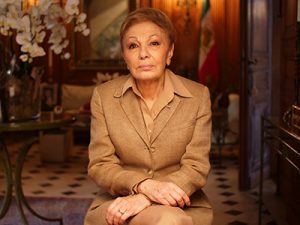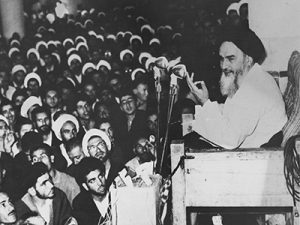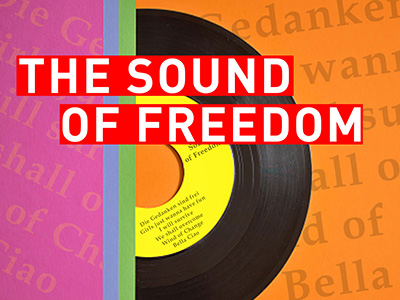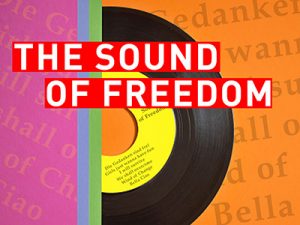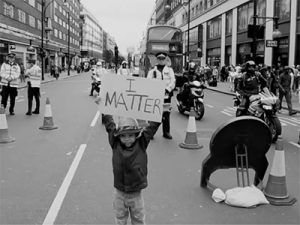
The General and the Electrician – Power Struggle in Poland
The General and the Electrician - Power Struggle in Poland
A Film by Holger Preuße, WDR/ARTE, 43/52min, 2021They are two people who could not be more different: Here, the general who had made his career in the party and the military, eventually rising to become the most powerful man in Poland; there, the electrician who challenged the powerful and became the leader of the first independent and free trade union in a socialist country. In the winter of 1981, the situation escalated and the military and state leader, General Wojciech Jaruzelski, knew no other way to contain the growing influence of the Solidarność union under his leader, Lech Wałęsa, than to impose martial law on December 13th.

Now, 40 years later, the film looks back on the biographies of the two dissimilar men who were closely interwoven for a decade – until the trained electrician succeeded General Jaruzelski in the office of President in December 1990.
The film tells the story of the battle between two rivals and lets close confidants and contemporary witnesses have their say. For example, the union leader and Nobel Peace Prize laureate Lech Wałęsa; the co-founder of Solidarność, Bogdan Borusewicz, who called on Wałęsa to take part in the great strike in August 1980; Wałęsa’s collaborator Anna Maria Mydlarska; former Le Monde Poland correspondent Bernard Guetta; the underground fighter and documentarist of Polish martial law Małgorzata Niezabitowska; Jaruzelski’s press spokesman Jerzy Urban and Stanislaw Ciosek, who on behalf of Jaruzelski conducted political negotiations with Wałęsa during his internment.



With the help of archive material and interviews, the documentation revives the turbulent times in Poland in the 1980s, thus providing an insight into this important chapter of contemporary European history. The GDR civil rights activist and long-time head of the Stasi Documentation Authority, Roland Jahn, believes that the fall of the Berlin Wall would not have been possible without the political events in Poland in the 1980s.
At the end of the film, Lech Wałęsa sums it up in his well-known pragmatic way: “I’m not a classical politician. I actually didn’t want it, I just filled it out. I was raised with the ambition that if I set out to do something, I have to get the best out of myself. “
Click on the button to load the content from www.arte.tv.



